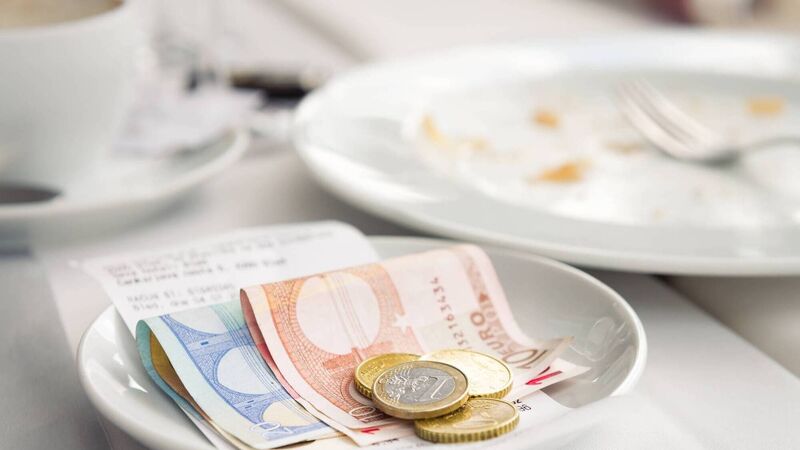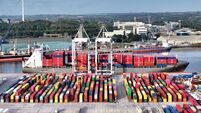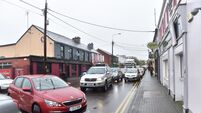Tourism stakeholders reach fever pitch to keep lower Vat rate

The cost of extending the low rate is estimated to come to €250m.
Tensions are mounting among hospitality businesses as the Vat rate is expected to rise in the coming weeks, but there is a glimmer of hope that it will remain at the lower rate of 9% following recent comments from Tourism Minister Catherine Martin.
Ms Martin said she had campaigned for the reduced Vat rate of 9% to remain in place up until at least the official deadline of March 1, but many are anticipating the rate to return to the pre-pandemic rate of 13.5% from then on.
As that deadline looms closer, it offers stakeholders in the tourism industry a chance to ramp up their efforts to try and finally win a long fought battle to reduce the rate of Vat permanently.
Over the years, many in the industry have argued a high Vat rate puts pressure on hospitality businesses that often operate on tight margins. This was evident even before the pandemic as five Irish restaurants pulled down their shutters in the first two days of 2020.
At this rate, our reduced rate would be in line with EU norms,” said Neil McDonnell, CEO of business representative group Isme.
“Both Ireland’s standard and reduced rates are high by EU standards. Our standard rate is sixth highest in the EU, and our reduced rate is fourth highest. This might be acceptable if Ireland’s consumer prices were otherwise more affordable, but they are not,” he added.
The Vat rate for hospitality was originally 9% during the Celtic Tiger years but when the boom went bust this was raised to 13.5%. Then, when Covid-19 forced restaurants, pubs, hotels and other tourism businesses to close, the State stepped in to reduce the rate.
Some other countries went further than Ireland in terms of dropping the Vat rate during the pandemic. Britain, for example, also reduced its Vat rate for hospitality to a lower rate of 5% and plans to hike it to 12.5% at the end of March this year.
The cost of extending the rate for Ireland does not come cheap though, as the final extension is estimated to come to €250m. The overall cost of this measure from November 1, 2020, to February 28, 2023, is about €902m.
However, re-introducing the higher rate also comes at a price, according to economist Jim Power.
Mr Power suggested in a recent report that raising the rate to 13.5% would lead to about 24,000 job losses in 2023.
Meanwhile, Mr McDonnell said raising the rate would lead to higher consumer prices amid a cost-of-living crisis.
“Consumer inflation is the key driver of wage demands, and workers cannot be blamed for seeking higher wages to meet ever-higher consumer prices. Vat is a key policy lever for government which should be exercised now,” said Mr McDonnell.










